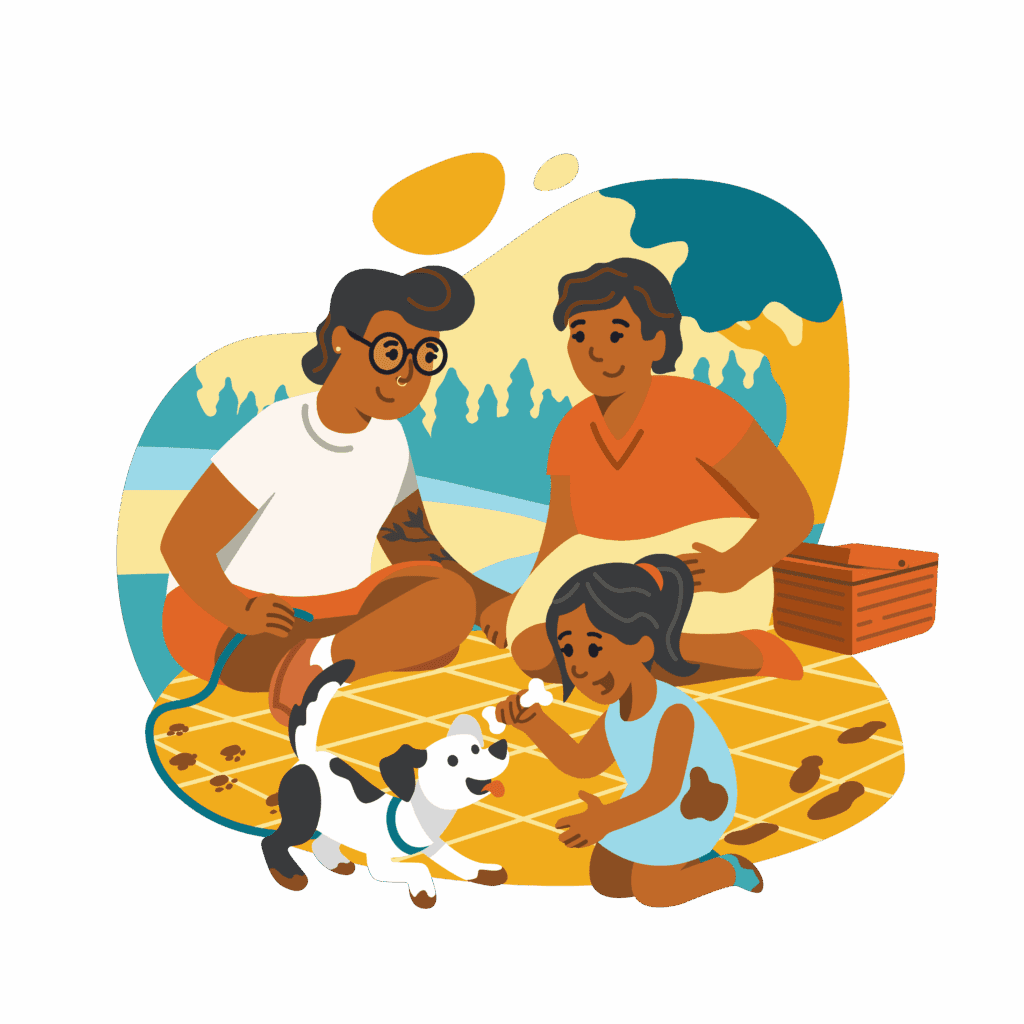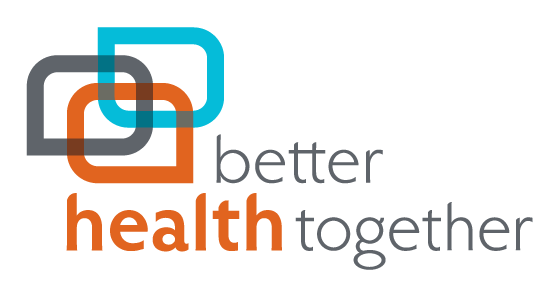About The Community Care Hub
What if we had a system that worked for people, instead of a system that made people work?
Health goes beyond just visiting the doctor. It’s about making sure people have what they need to be healthy, including stable housing, nutritious food, steady income, folks around them who speak their language and share their lived experience, and social connections.
Our mission at Better Health Together is to improve the health of our region. Our goal is to help folks find the unique care that is best for them, whether it be navigating complex and confusing health systems, breaking down barriers like language access, or finding vital resources for everyday needs.
About The
Community Care Hub
What if we had a system that worked for people, instead of a system that makes people work?
Health goes beyond just visiting the doctor. It’s about making sure people have what they need to be healthy, including stable housing, nutritious food, steady income, folks around them who speak their language and share their lived experience, and social connections.
Our mission at Better Health Together is to improve the health of our region. Our goal is to help folks find the unique care that is best for them, whether it be navigating complex and confusing health systems, breaking down barriers like language access, or finding vital resources for everyday needs.
What is a Community Care Hub?
A Statewide Approach
Better Health Together is just one of a network of 9 Community Care Hubs across the state. They all support a network of community-based organizations, behavioral health specialists, and healthcare centers with workforce training and technical support to create an integrated system that strengthens our communities. We look forward to continuing to build these efforts both within our region and the state in the years to come!
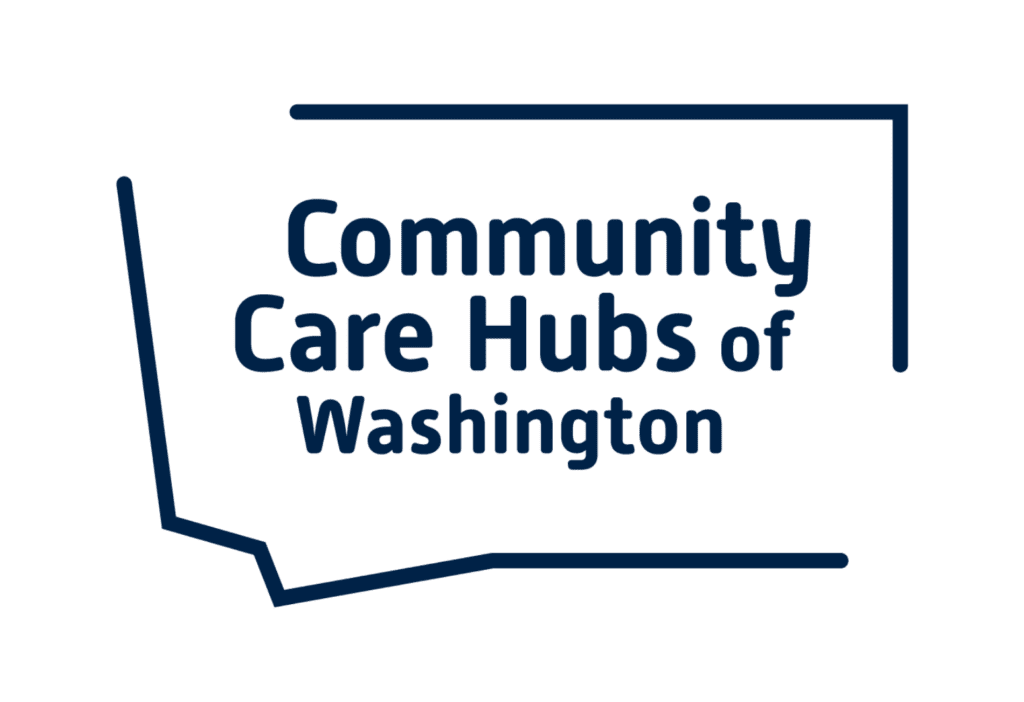
How the Community Care Hub Works
How The Community Care Hub Works
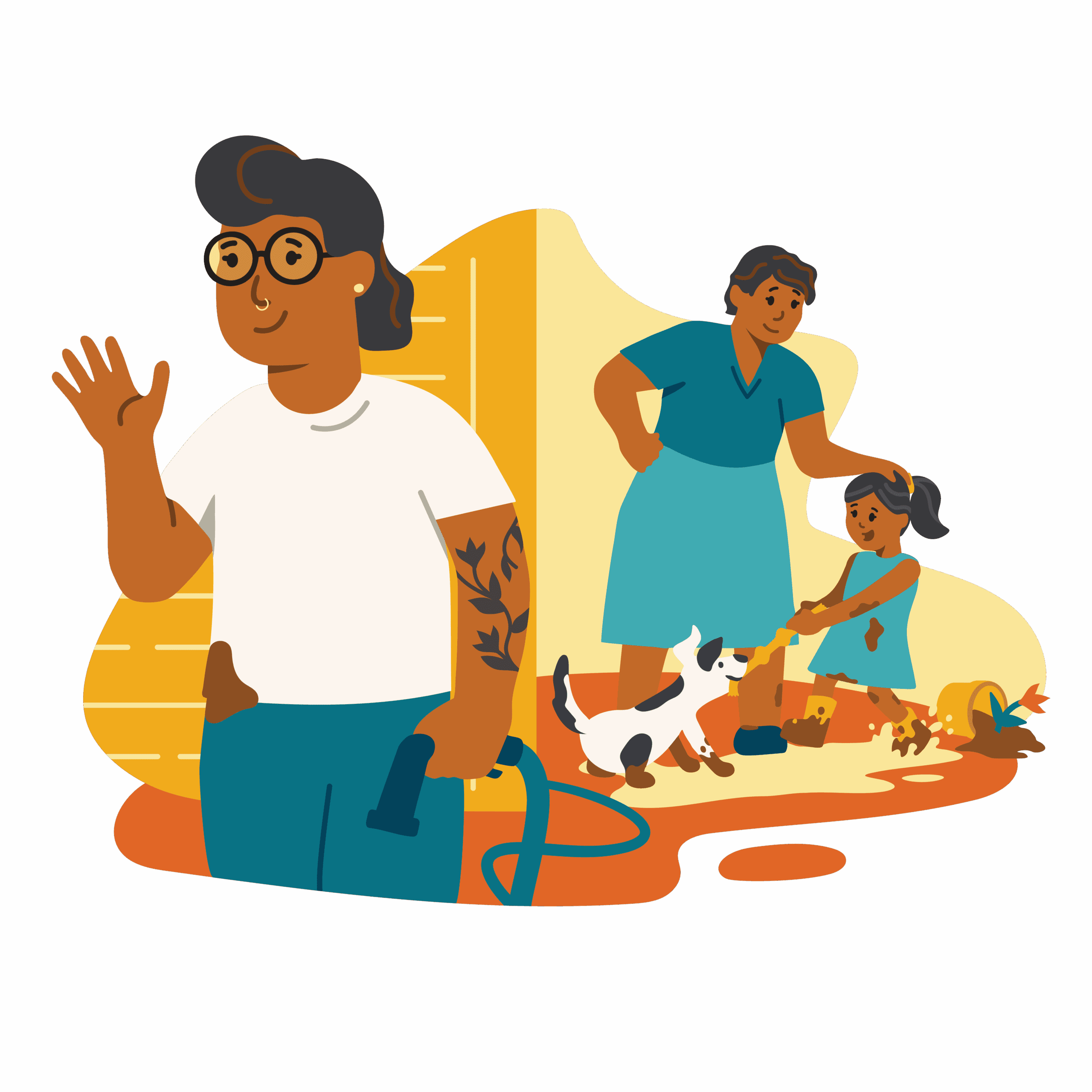
Hi, I’m Quinn! I live in a small town in Eastern Washington. Lately, it’s been hard to stay healthy and take care of my family.
There have been so many challenges all at once—housing, work, childcare, and health insurance. It’s been overwhelming.
That’s when I found the Community Care Hub. They helped me get the support I needed, and things started to turn around. The Community Care Hub connected me with my care coordinator, Aaron, who helped me get health insurance, find housing, look for a job, and apply for childcare assistance.
I live with my partner and our four-year-old. We love being outside, hiking, reading books, and playing with our dog, Chip.
Our child has a learning disability and was recently asked to leave the only daycare in our area. I had to quit my job to stay home and care for them. My partner works 12-hour shifts at a local restaurant.
We couldn’t afford our rent on one income, so we had to move in with a family member. We also lost our health insurance.
It felt like everything was falling apart, and we didn’t know what to do or where to start.
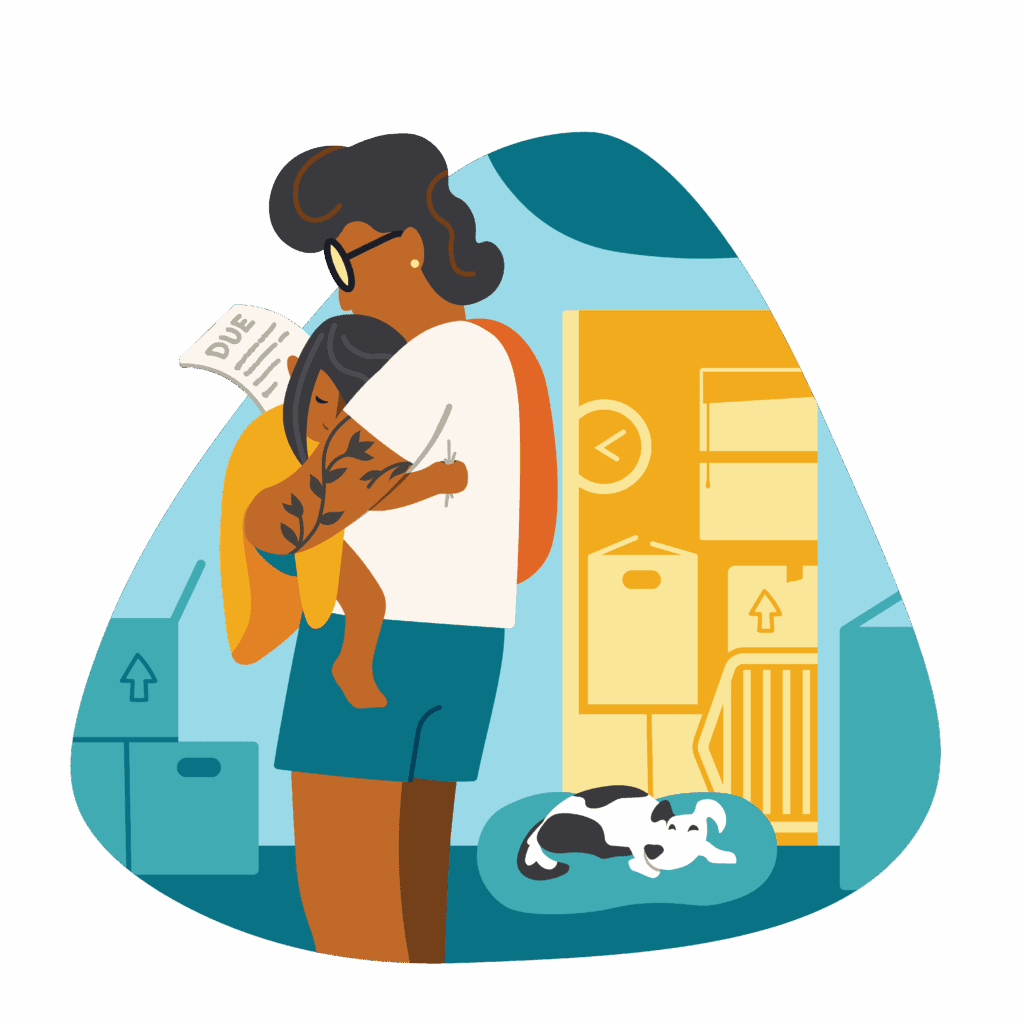
Then a friend told me about the Community Care Hub.
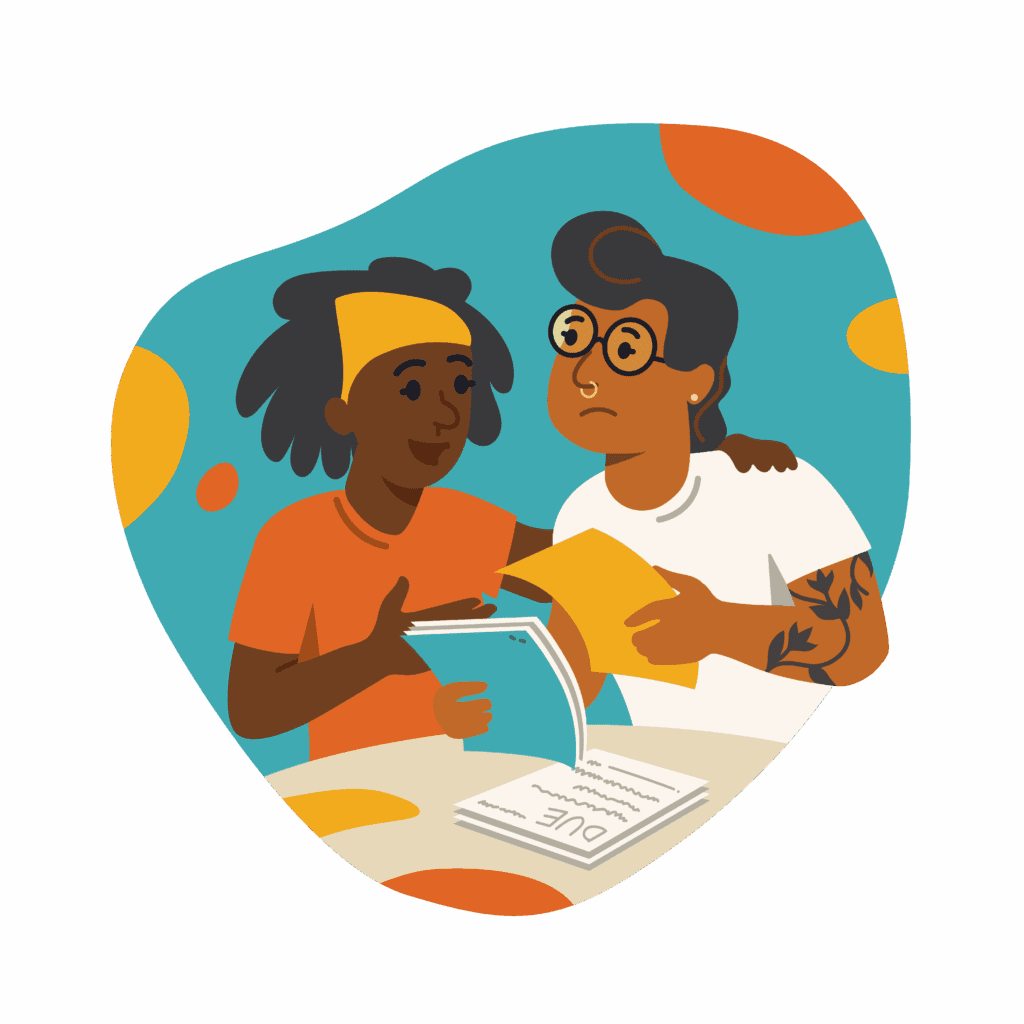
Here's how the Community Care Hub works:
1
I filled out a quick form.
I went online and filled out a short form about what my family needed help with.
2
Someone reviewed my needs to find me the best fit.
After that, someone at BHT reviewed my form and listed the areas I needed support in.
3
I was matched with Aaron, a Community Based Worker.
Then, they sent my info to a community-based organization that specializes in family services, where I was matched with Aaron.
1
I filled out a quick form.
I went online and filled out a short form about what my family needed help with.
2
Someone reviewed my needs to find me the best fit.
After that, someone at BHT reviewed my form and listed the areas I needed support in.
3
I was matched with Aaron, a Community Based Worker.
Then, they sent my info to a community-based organization that specializes in family services, where I was matched with Aaron.
Working with Aaron made it possible for my family to access the resources we needed.
Aaron and I sat down together for a screening of my needs. He asked questions I hadn’t even thought of, as I have just been focusing on our most urgent needs. It felt good to feel heard and understood.
Here's what Aaron helped me do:
- Sign up for Apple Health, so my family can see a doctor again.
- Apply for low-income housing, so we can get on a waitlist and have a better chance of finding a place to live.
- Receive childcare assistance from the state, so my child can go to a safe place during the day.
- Make a resume and look for flexible jobs that fit our family schedule.
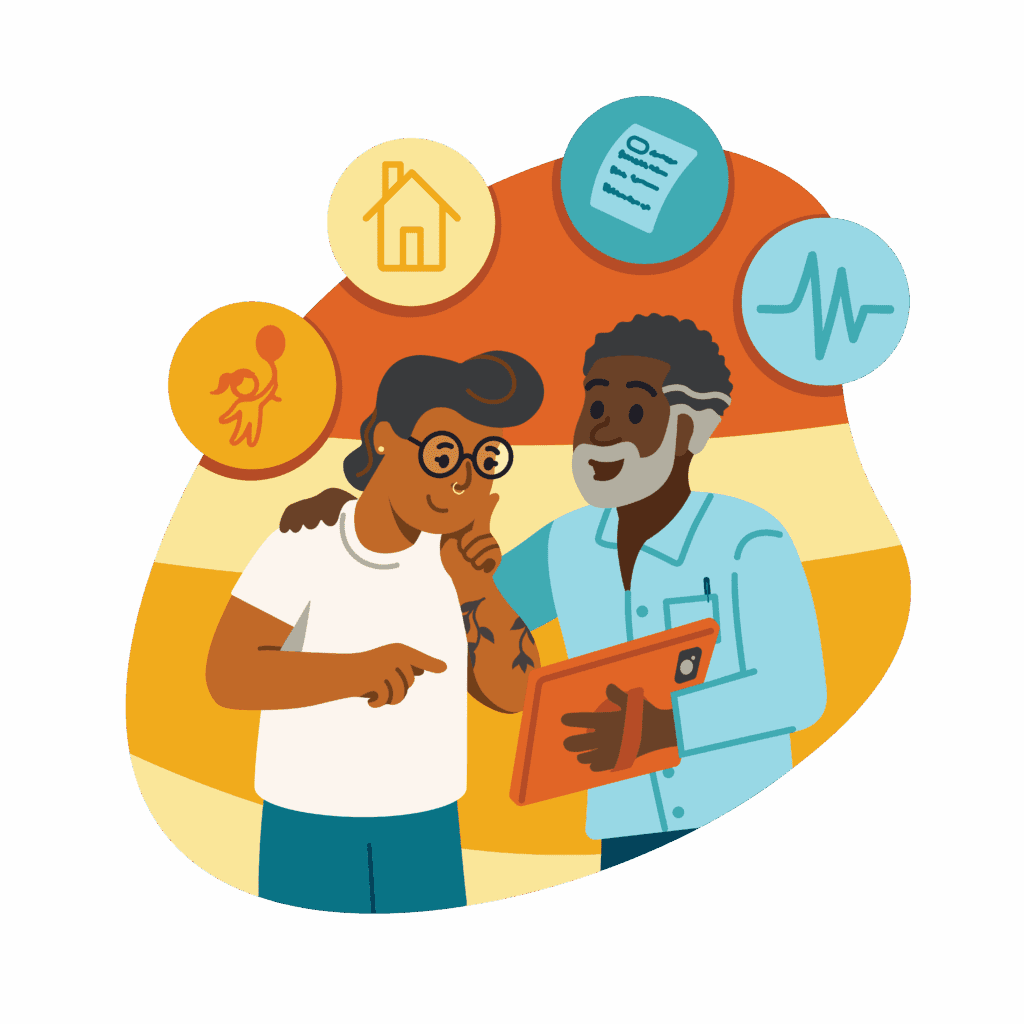
Help is available for you too.
If you’re going through a tough time, you’re not alone. The Community Care Hub is here to help you find the support you need. Just fill out the form to get started.
Better Health Starts Together
